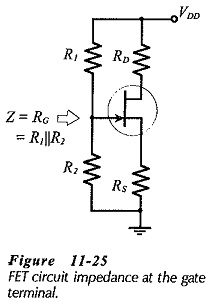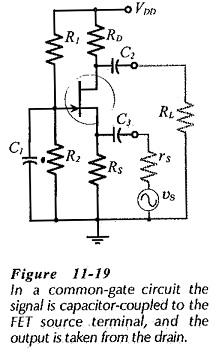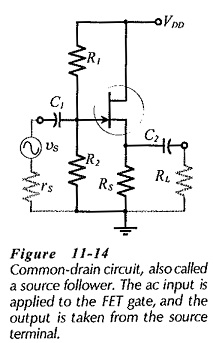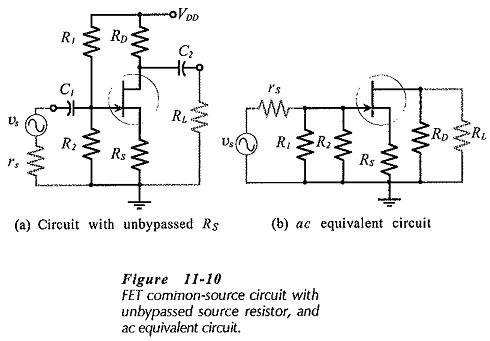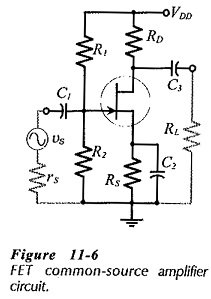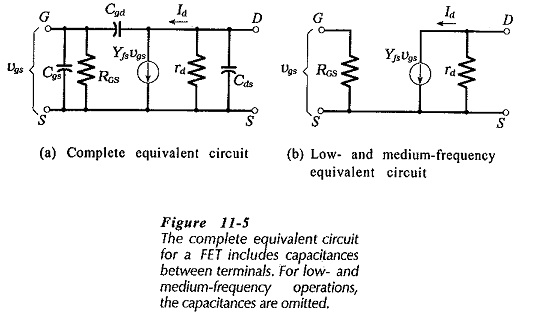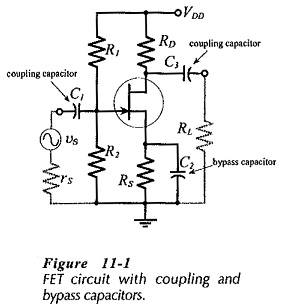Frequency Response of FET Amplifier
Frequency Response of FET Amplifier: Low-Frequency Response - The low Frequency Response of FET Amplifier circuits is determined by exactly the same considerations as for BJT circuits. The lower cutoff frequency is normally set by…
